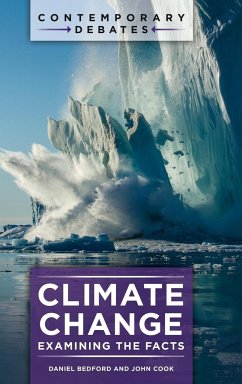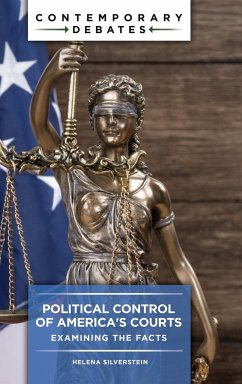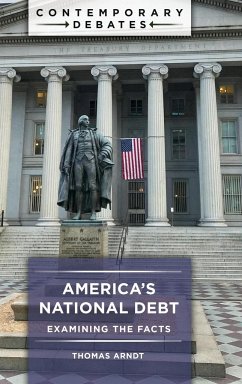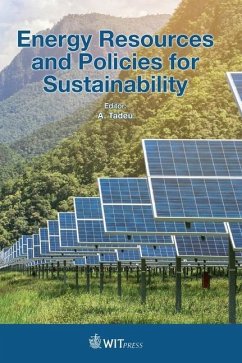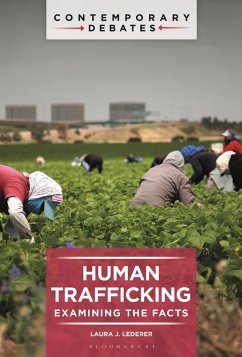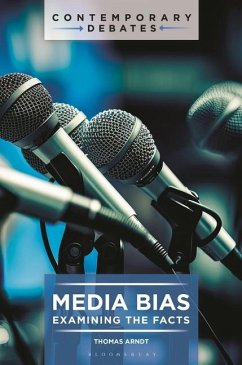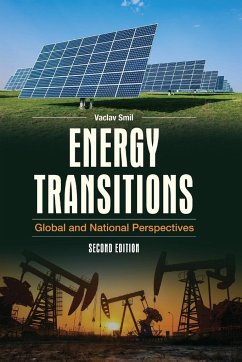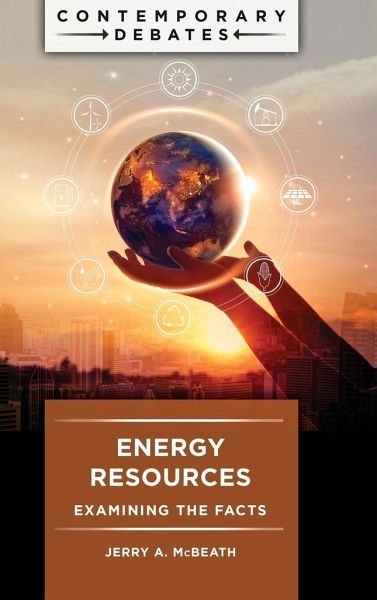
Energy Resources
Examining the Facts
Versandkostenfrei!
Versandfertig in 1-2 Wochen
66,99 €
inkl. MwSt.

PAYBACK Punkte
33 °P sammeln!
An authoritative, comprehensive overview of economic, political, and environmental drivers of America's energy picture, from trends in the production and consumption of fossil fuels and renewables to the state of the national energy grid. Energy Resources: Examining the Facts is part of a series that uses evidence-based documentation to examine the veracity of claims and beliefs about high-profile issues in American culture and politics. Each book in the Contemporary Debates series is intended to puncture rather than perpetuate myths that diminish our understanding of important policies and po...
An authoritative, comprehensive overview of economic, political, and environmental drivers of America's energy picture, from trends in the production and consumption of fossil fuels and renewables to the state of the national energy grid. Energy Resources: Examining the Facts is part of a series that uses evidence-based documentation to examine the veracity of claims and beliefs about high-profile issues in American culture and politics. Each book in the Contemporary Debates series is intended to puncture rather than perpetuate myths that diminish our understanding of important policies and positions; to provide needed context for misleading statements and claims; and to confirm the factual accuracy of other assertions. This installment in the series provides a comprehensive overview of all energy resources used in the United States, including fossil fuels (oil, gas, coal), nuclear power, hydropower, other major renewables (solar and wind), and even smaller energy sources, such as wood products (biomass), ethanol, plant-based fluids/gases, and geothermal, that have meaningful potential for future growth. The framework of laws and regulations in which energy resources are developed, produced, and overseen is described, as are the ways in which economic development powered by different energy resources is impacting people and ecosystems in the United States and around the world.





